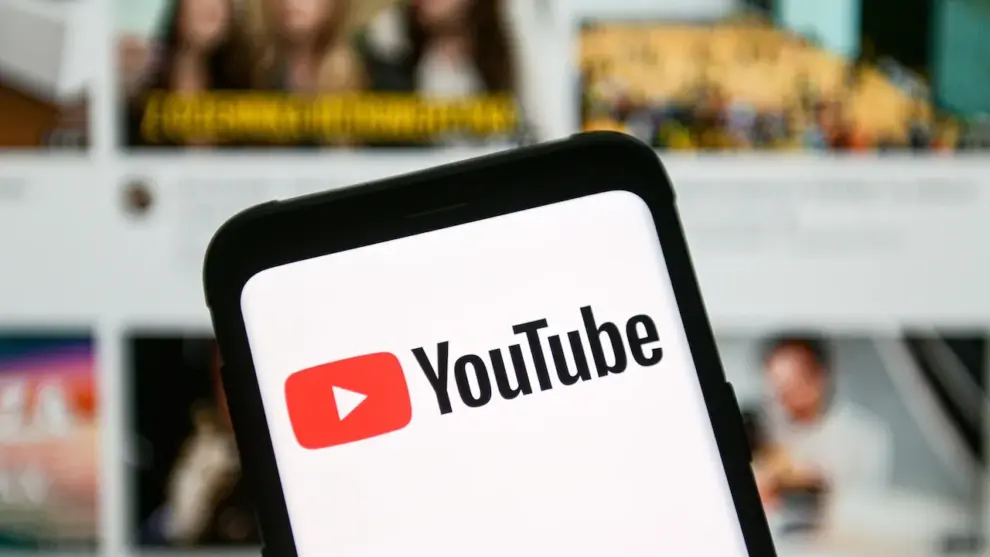YouTube has taken a significant step into the podcast arena by launching a weekly top podcast list aimed at rivaling established players like Spotify and Apple Podcasts. This move highlights YouTube’s intent to cement its position not only as a video platform but also as a major destination for podcast listeners.
YouTube’s New Podcast Chart
On May 15, 2025, YouTube officially unveiled its weekly top podcast chart, featuring the most popular podcasts based on listener engagement and viewership across the platform. The list covers multiple categories such as true crime, comedy, news, and technology, reflecting the diverse interests of YouTube’s massive user base.
Unlike traditional podcast charts that focus primarily on audio streams, YouTube’s ranking incorporates video podcast episodes, clips, and highlights, offering a fresh perspective on podcast popularity. This unique blend leverages YouTube’s video-first format to give podcasts additional exposure through visual elements, which some creators use to deepen audience connection.
Why This Matters
Podcasts have seen explosive growth globally, with platforms like Spotify and Apple Podcasts leading the market. Spotify, in particular, has invested heavily in exclusive podcast deals and original content to dominate the sector. Apple Podcasts, meanwhile, remains a go-to choice for millions of listeners thanks to its longstanding presence and seamless integration with Apple devices.
YouTube’s entry into the podcast chart space signals its ambition to capitalize on this growing market by tapping into its existing user base, which totals over 2.7 billion logged-in monthly users. By showcasing a curated weekly top list, YouTube hopes to increase podcast discoverability and encourage more creators to publish long-form audio and video podcasts on its platform.
How the Ranking Works
YouTube’s top podcast chart ranks shows using multiple factors, including watch time, likes, comments, and shares specifically related to podcast content. It also factors in the growth rate of new viewers to highlight emerging shows gaining traction. This approach differs from Apple and Spotify, which mostly rely on audio streams and subscriber counts.
According to YouTube, this method provides a more holistic view of a podcast’s popularity, blending both engagement and reach. It also reflects how audiences interact differently with podcasts on YouTube, often commenting on episodes or sharing video snippets on social media.
Creators benefit from this by seeing their podcasts featured prominently on YouTube’s homepage and dedicated podcast sections within the app, which can lead to increased audience growth and monetization opportunities.
Creator and Industry Reactions
Many podcast creators have welcomed YouTube’s move, citing its massive reach and multimedia tools as attractive features. Video podcasts, in particular, can leverage YouTube’s video editing and promotion tools to build a stronger visual brand, which is harder to achieve on pure audio platforms.
One creator, Jessica Moore, host of a popular tech podcast, shared, “Being featured on YouTube’s weekly podcast chart has brought a lot of new listeners who discovered our show through video clips. It adds a new layer to how we engage with fans.”
Industry analysts note that YouTube’s integration of video elements in podcast consumption may set it apart. “YouTube’s strength lies in video, and by merging that with podcasting, they create a unique experience that could attract audiences looking for more than just audio,” said Daniel Kim, a media analyst at StreamWatch.
However, Spotify and Apple still dominate podcast revenue, thanks to premium subscriptions, ad sales, and exclusive content. YouTube will need to offer competitive monetization options to attract top-tier podcast creators in the long term.
What This Means for Listeners
Listeners benefit from YouTube’s podcast list as it makes discovering trending and new podcasts easier. The chart is accessible via YouTube’s podcast hub on mobile and desktop, where users can browse by category or check the top-ranked shows overall.
YouTube’s format allows users to watch video versions of podcasts or listen in audio-only mode, offering flexibility. Additionally, the platform’s recommendation algorithms suggest related podcasts and clips based on viewing history, creating a personalized discovery experience.
The Bigger Picture: Podcasts Go Visual
The podcast industry has seen a growing trend toward video podcasts, where creators record video alongside audio. YouTube, with its video-first nature, is well-positioned to benefit from this shift. Many creators upload full-length video podcasts or shorter highlight reels to attract viewers who prefer visual content.
This trend aligns with changing consumption habits. Some listeners use podcasts for entertainment during commutes or workouts, while others prefer watching podcasts with visuals for deeper engagement. YouTube’s podcast chart leverages this by promoting shows that excel in both formats.
YouTube faces challenges in monetizing podcasts as many creators rely on audio ads and subscription models outside the platform. While YouTube has its own ad system and recently launched subscription options for creators, competing with Spotify’s exclusive podcast deals and Apple’s paid subscriptions will require further innovation.
Moreover, YouTube must address concerns about content moderation and copyright, which have impacted creators in the past. Ensuring podcasts remain compliant with platform policies while allowing creative freedom will be key.
YouTube’s weekly top podcast list marks an important milestone in the platform’s push into the podcast market. By leveraging its massive audience and video capabilities, YouTube offers a fresh alternative to Spotify and Apple.
For listeners, the expanded podcast chart brings more options to discover shows visually or through audio. For creators, it opens new pathways for growth and engagement.
Whether YouTube will disrupt the podcast hierarchy remains to be seen, but this move makes it clear the platform views podcasts as a vital part of its future content ecosystem.








